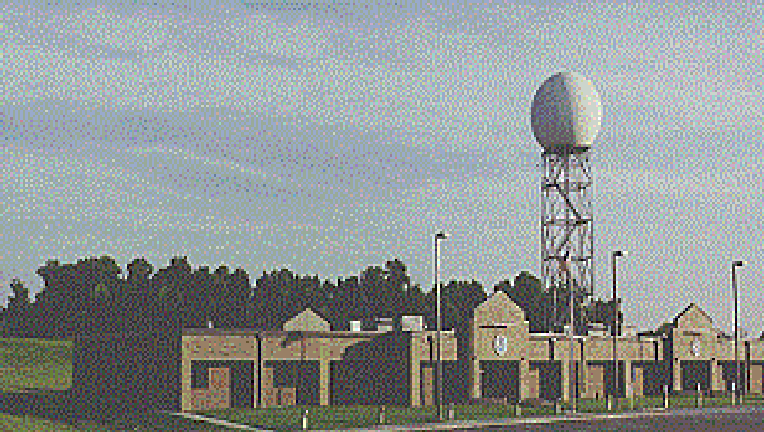Chanhassen Doppler Radar gets a face lift

KMSP - Have you ever seen the golf ball? No, it’s not actually a golf ball, but it looks like a giant version of the white circular object. It’s the Doppler radar that encompasses the metro and much of central and eastern Minnesota giving us the ability to “see” storms in our atmosphere and it is located in Chanhassen. The Doppler Radar is an immensely important tool that meteorologists use to be able to forecast over the next few hours. It’s how you’re able to pull up your weather app on your phone and look at a radar and know where storms are now and where they are likely to be going over the next few hours.
But Doppler Radar doesn’t actually see these storms. It doesn’t have binoculars or a telescope or anything of that nature. It’s actually a totally harmless laser beam as well as microwaves. The radar is based off the Doppler Effect. It’s the effect the distance and direction have on sound waves. Back in the 1800s, an Austrian Physicist named Christian Doppler discovered that the frequency of sound waves changed depending on the location of the observer and the direction the wave is going. Using these principles, scientists developed the Doppler radar in the 1990’s to not only see storms using the radar beams, but actually use microwaves developed by Christian Doppler to understand how these storms are moving. This movement is critical when trying to figure out the strength of storms and whether it has the potential of producing a tornado.
These radars were installed all across the country in nearly equidistant intervals back in the mid to late 1990s. Now that these systems are 20+ years old, some upgrades are needed. Well, between now and 2022, every radar in the U.S. will receive upgrades totaling 150 million dollars that will hopefully keep these systems going through the 2030s. The money is provided by the 3 agencies that use the radar; The National Weather Service, the U.S. Air Force, and the FAA. But ultimately, it’s all tax payer dollars that had to be saved by these agencies.
The first upgrade took 3 days and was actually completed successfully earlier this week. This work upgraded processing and data speeds and replaced some obsolete technology in the “guts” of the radar. There will be 3 more upgrades over the coming years which will include refurbishing the transmitter (the part that sends the signals to and from the atmosphere), the pedestal (the lifting mechanism that moves in a 360-degree motion that allows the radar to see the whole sky), and the shelter part itself which is the part of the radar that can be physically seen by our eyes as we drive by.
Hopefully these updates will get us another 20+ years out of these radars because technology has not advanced enough to warrant replacement to a better system, mostly because a better system hasn’t yet been found. That is something that scientists will likely try to do over the next couple of decades.

